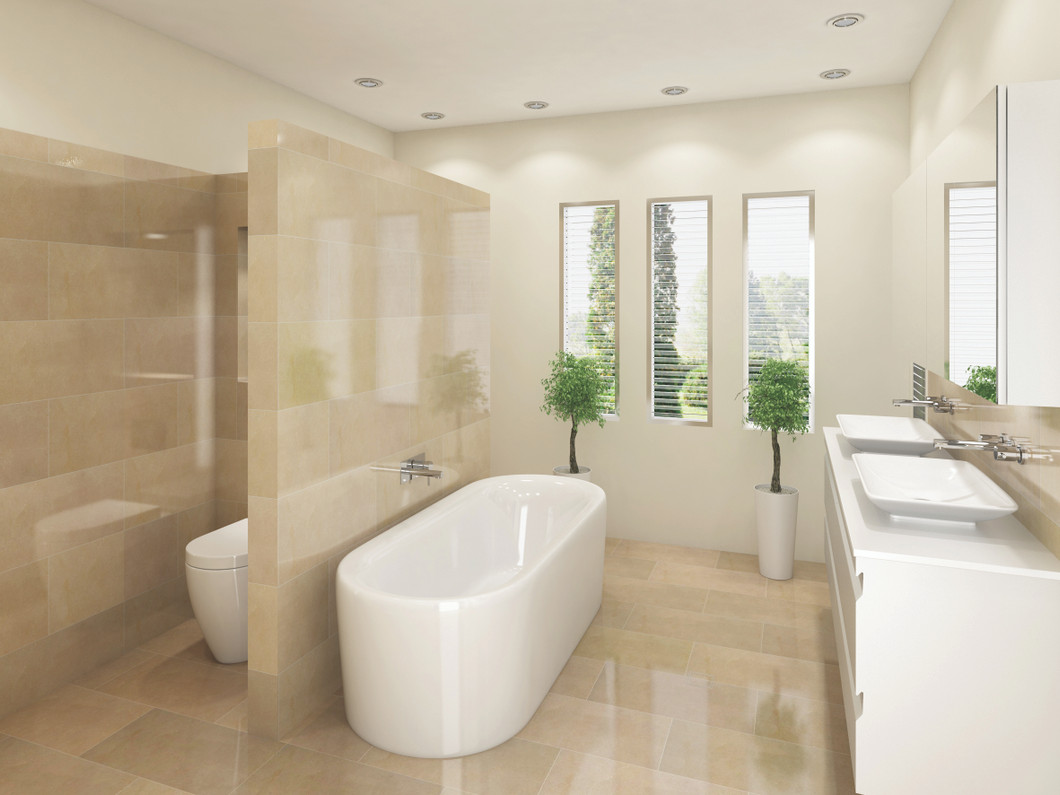About freestanding baths.
Freestanding baths owe their origins to the old-style claw-foot baths of the 19th and earlier 20th century. Made from cast iron, the problem for users of claw-foot baths was the same as with porcelain-enamelled steel baths – the bath itself drew so much heat from the bath water that even the hottest-drawn bath could rapidly start feeling cold. After claw-foot baths dropped from wide popularity for other than heritage-style projects, modern-day bath designers have taken the freestanding bath concept to stunningly modern expressions. The freestanding bath now appears as a solid object standing on the bathroom floor, with smooth-flowing lines that are perfectly finished on all sides. Also, high-tech construction materials have permitted the development of freestanding baths which are more robust and easier to work with in the building phase, and more effective at not robbing bath water of warmth.
If you’re one of many people for whom a freestanding bath is the ultimate expression of style and luxury in the main bathroom or ensuite, don’t try squishing one into a space that’s better suited to a built-in or drop-in bath. The walls and floor around a freestanding bath will need cleaning, just like any other surface in your bathroom, and it will be a real nuisance in the long run if there is insufficient space around the freestanding bath for easy cleaning access.
A freestanding bath frees you from having to place the bath anywhere near a wall. With freestanding tapware, the freestanding bath can become the elegant centrepiece of your bathroom – a deluxe design statement that many home owners can only dream about. If you’re considering a freestanding bath in your bathroom plan, have a chat to one of the bath experts at WHO about combining bath placement and tapware for the most fantastic result.
Recent Posts
-
What you need to consider when buying a bathroom vanity online
Is it time to consider upgrading your dreadfully old bathroom cabinet and buy a bathroom vanit …13th Feb 2021 -
The complete guide to buying the right tapware in Gold Coast
Finding the right tapware in Gold Coast for your bathroom, kitchen or laundry can be an easy task if …13th Feb 2021 -
5 reasons why you can’t do without a vanity basin for your bathroom
Given that a vanity basin is one of the most important fixtures in your bathroom, it’s very im …13th Feb 2021



